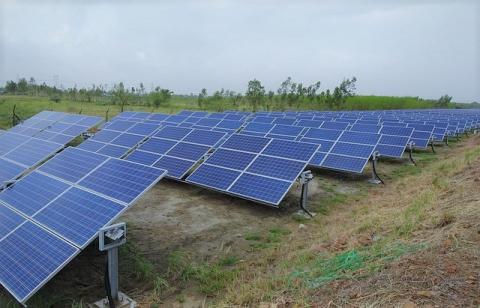
Region: East Asia and Pacific (EAP)
Country: Cambodia, Sri Lanka and Indonesia
Sector: Energy and Power
Topic: Climate-Smart
Keywords: Climate Smart, Energy and Power, Energy and Power PPPs **
Document Link(s):
Document Summary:
One of the key concerns raised by the developers of mini grids is "what will become of my mini grid when the main grid arrives?" This report presents detailed case studies of what happened to isolated mini grids in Cambodia, Sri Lanka, and Indonesia when the main grid reached their villages. Six possible outcomes are described: 1) conversion to a small power producer (SPP), 2) conversion to a small power distributor (SPD), 3) conversion to a combined SPP and SPD, 4) side-by-side operation of the mini grid and main grid without any physical connection between the two systems, 5) compensation and exit, and 6) abandonment. Each case study describes the regulatory, commercial, and technical characteristics that affected the observed outcomes for the community-owned hydro mini grids in Sri Lanka and Indonesia and the privately-owned diesel mini grids in Cambodia.
Document Details:
Mini Grids and the Arrival of the Main Grid: Lessons from Cambodia, Sri Lanka and Indonesia
Find more @ Energy and Power PPPs and Climate-Smart PPPs
Image by Pixabay
Updated: October 25, 2021
Related Content
Climate-Smart PPPs
Climate-Smart PPP Legal and Regulatory Framework
Preparing, Procuring and Implementing Climate-Smart PPPs
Sector-Specific Content on Climate-Smart
Renewable Energy
Climate-Smart PPPs: Further Reading and Resources
Energy and Power PPPs
Energy Laws and Regulations
Energy Licenses and Licensing Procedures
Energy & Power PPP Toolkits
Gender & Energy Projects
Further Reading on Energy and Power PPPs